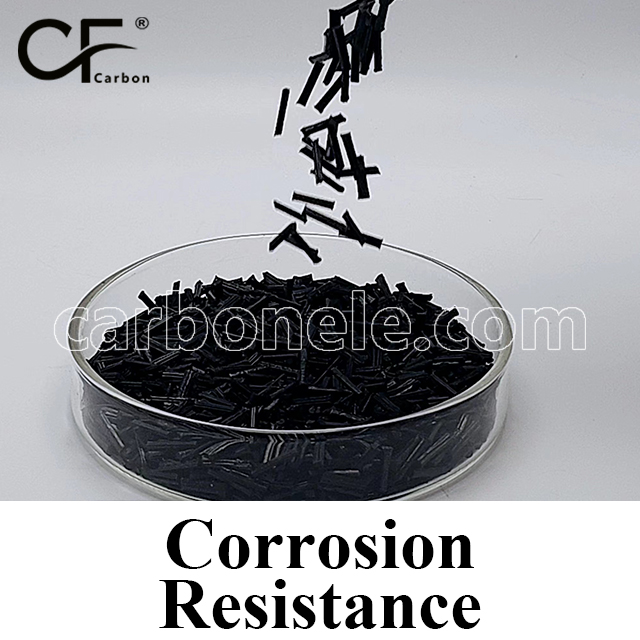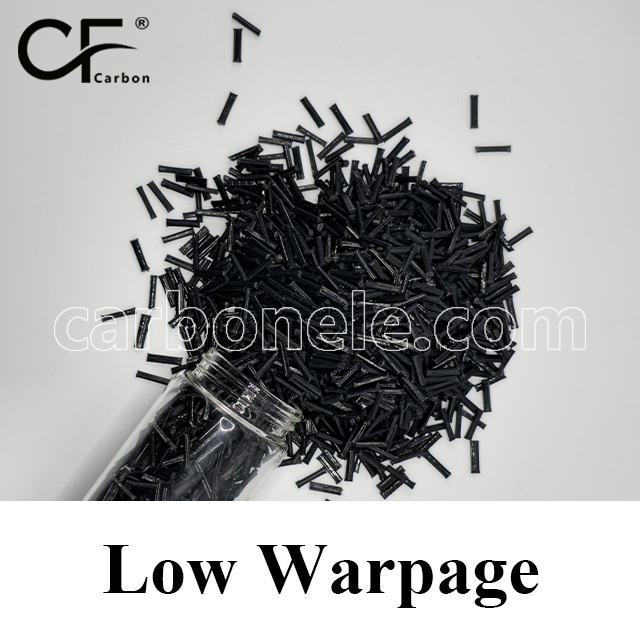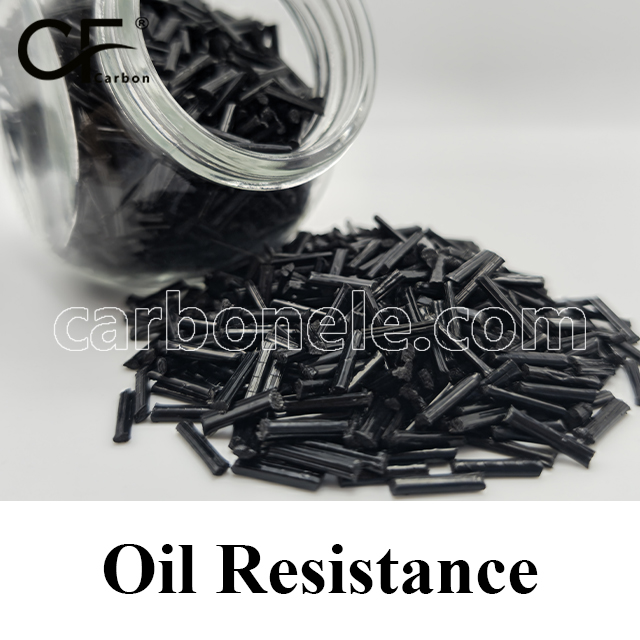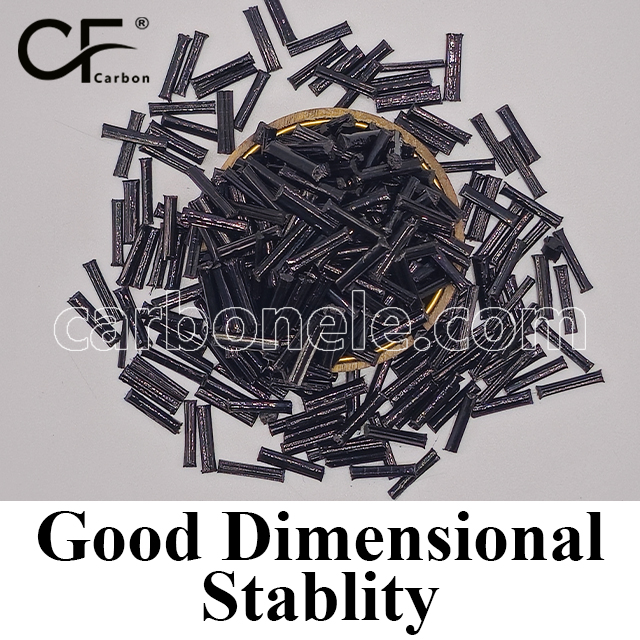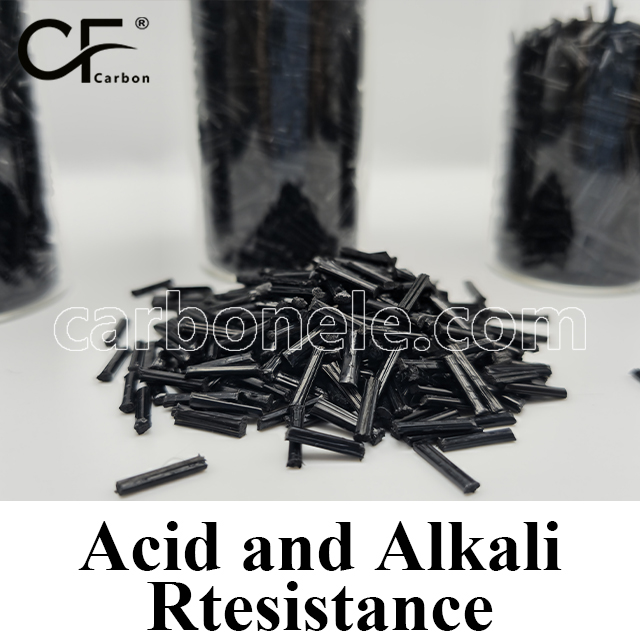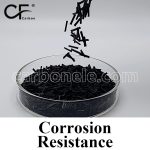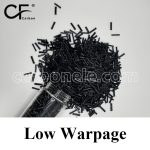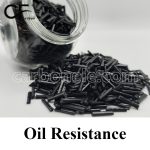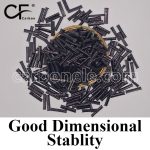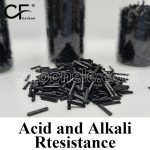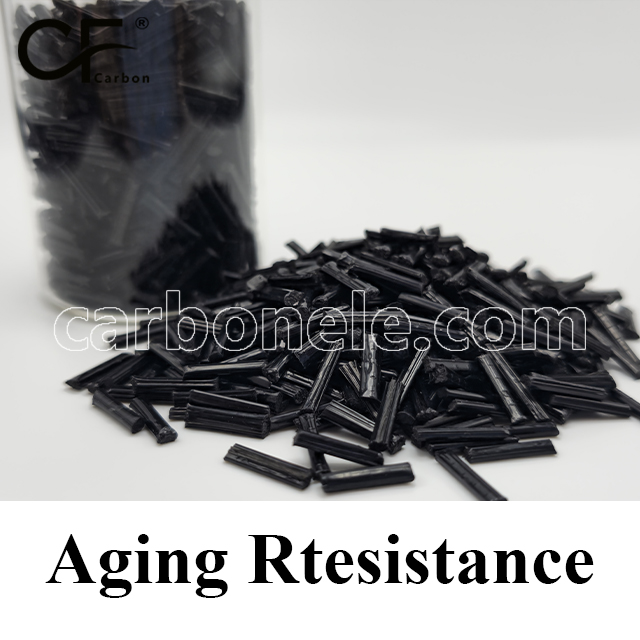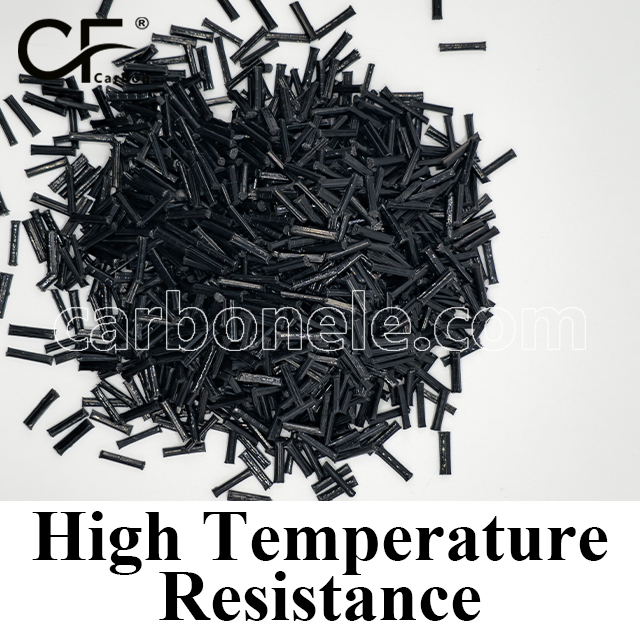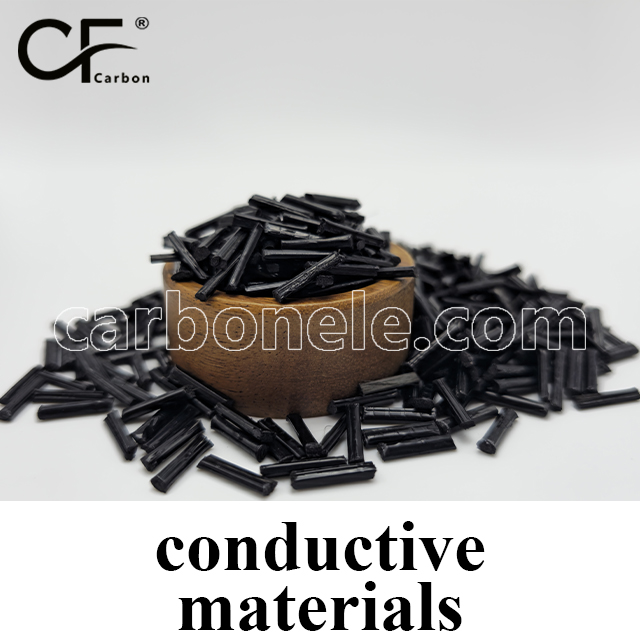PA66-LCF20 is a high performance PA66 composite reinforced with 20% long carbon fiber, offering superior strength, stiffness, and dimensional stability. Designed for semi-structural applications, it delivers excellent thermal resistance, low moisture absorption, and enhanced wear performance—ideal for automotive, industrial, and precision-engineered parts.

PA66-LCF20 engineering thermoplastics with carbon fiber
- Model number: PA66-LCF-BCA2
- Matrix Resin: Nylon6 6(Polyamide66) (PA66)
- Reinforcing Filler: Carbon fiber
- Appearance: Granules
- Grade: Injection/extrusion grade
- Packaging: 25kgs/bag
PA66-LCF20: High-Strength Long Carbon Fiber Reinforced Polyamide 66 for Structural Durability and Thermal Endurance
PA66-LCF20 is a high performance engineering thermoplastic based on polyamide 66 (PA66), reinforced with 20% long carbon fiber (LCF). Designed for advanced structural applications, it offers a remarkable combination of strength, stiffness, and thermal resistance—making it ideal for lightweight, high-load components that require long term mechanical integrity and dimensional stability.
The use of long carbon fiber—as opposed to short or chopped fibers—enhances internal load distribution, increases fatigue resistance, and significantly reduces creep and warpage. This makes PA66-LCF20 a superior material for challenging environments in automotive, industrial, electronic, and consumer applications.
Key Mechanical Properties
Tensile Strength: ≥ 125 MPa
Flexural Strength: ≥ 165 MPa
Notched Impact Strength: ≥ 11 kJ/m²
The 20% long carbon fiber reinforcement provides a well balanced improvement in strength and toughness over unfilled and short fiber filled PA66, without compromising impact performance. It supports parts exposed to vibration, bending, or mechanical shocks—ensuring durability under dynamic or long term loading.
Thermal and Chemical Resistance
Heat Deflection Temperature (HDT): Approx. 135°C
Long Term Service Temperature: Up to 125°C
Chemical Resistance: Excellent resistance to automotive fluids such as oils, greases, and fuels; good resistance to weak acids and alkalis; not suitable for concentrated oxidizers or strong mineral acids
PA66-LCF20 maintains its mechanical performance under elevated thermal stress, making it particularly suited for under the hood automotive parts, industrial enclosures, and machine components operating near heat sources or in thermally challenging conditions.
Wear Resistance and Processability
Wear Resistance: Significantly improved—well suited for sliding, load carrying, or friction based components
Processing Methods: Injection molding (with long fiber compatible feeders), compression molding
Processing Notes: Use of low shear settings is essential to preserve fiber length. Hardened steel tooling is recommended due to abrasive filler content. Even dispersion is critical for consistent mechanical performance.
The long fiber reinforcement not only strengthens the polymer matrix but also significantly improves wear life and dimensional retention under mechanical cycling or repeated movement. This makes PA66-LCF20 suitable for sliding guides, pivoting joints, and mechanical linkages.
Environmental Stability
Water Absorption: Reduced compared to unfilled or short fiber PA66
Dimensional Stability: Excellent—resists deformation under humidity and temperature fluctuations
Long carbon fibers help inhibit moisture ingress, allowing PA66-LCF20 to outperform traditional PA66 in environments with variable humidity or intermittent exposure to water. Its dimensional consistency is critical in precision fit assemblies, especially in applications requiring tight tolerances.
Typical Applications
PA66-LCF20 is ideal for semi structural to structural components where weight, strength, and dimensional consistency matter. It meets the performance requirements of industries such as:
Automotive:
Structural brackets, mounts, and underbody components
Engine bay supports and clips
Lightweight reinforcements replacing metal parts
Industrial:
Robotic arms, pivot joints, and machine levers
Wear resistant sliding components and housings
Mechanical structures exposed to fatigue or repeated stress
Electronics & Consumer:
Rigid support frames in devices
Load bearing casings and mechanical fixtures
Functional housings in high vibration environments
PA66-LCF20 Performance Summary
| Property | Value/Description |
|---|---|
| Carbon Fiber Content | 20% (Long Carbon Fiber) |
| Tensile Strength | ≥ 125 MPa |
| Flexural Strength | ≥ 165 MPa |
| Notched Impact Strength | ≥ 11 kJ/m² |
| Heat Deflection Temp. | Approx. 135°C |
| Long Term Service Temp. | Up to 125°C |
| Chemical Resistance | Excellent, except strong acids/oxidizers |
| Water Absorption | Lower than unreinforced PA66 |
| Processing Methods | Injection molding, compression molding |
| Wear Resistance | High – suitable for high-load, sliding applications |
If you want to get more information about PA66-LCF20, you can vist our Youtube.
Click here to contact us.
Strength between PA66 and PA66-CF
Compared to unreinforced PA66, PA66-CF (carbon fiber reinforced) offers significantly higher strength and stiffness. The addition of carbon fiber increases tensile and flexural strength, enhances dimensional stability, and reduces deformation under load. While standard PA66 provides good toughness and impact resistance, PA66-CF materials are better suited for structural and high-stress applications where superior mechanical performance is required.
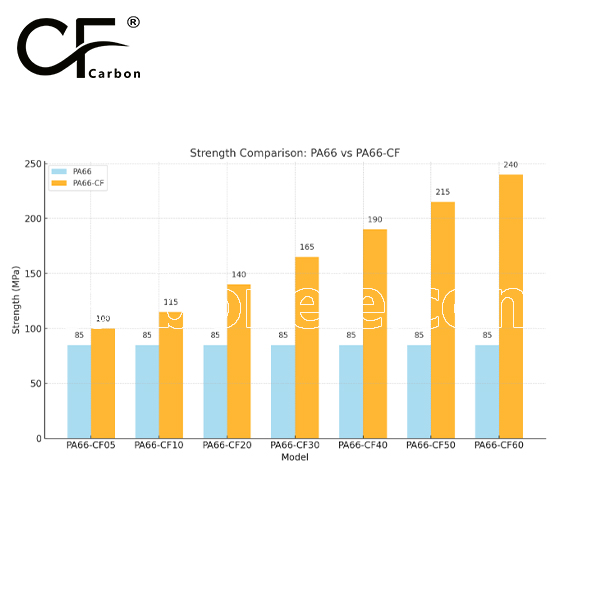
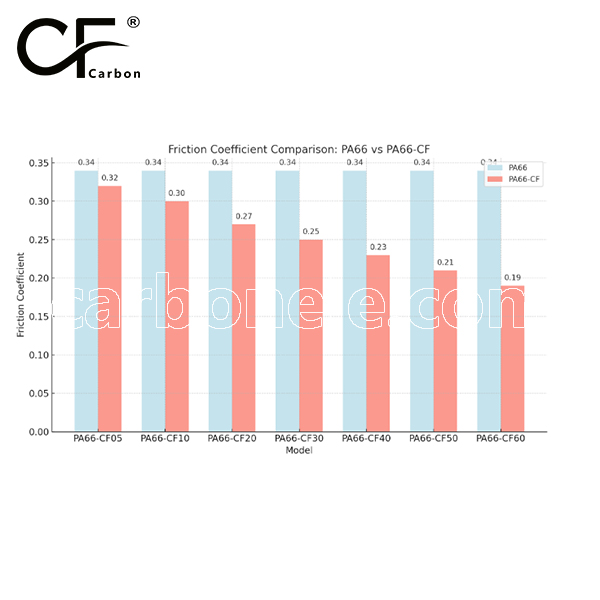

Frequently Asked Questions
Carbon (Xiamen) New Material Co., Ltd. aims to provide buyers with "one-stop" worry-free high-quality services. Here you can find all information about carbon fiber engineering plastics. If you still have questions, please send us an email for consultation!
-
How can I contact the manufacturer of a product that interests me?
When you find a product you are interested in, you can contact the manufacturer directly by sending an email and we will get back to you as soon as possible.
-
How do I find the products that interest me?
All you need to do is enter the keyword, product name in the search window and press the Enter key on your keyboard. Your search results page will then be displayed. You can also search within the product category pages on the home page. Each category is divided into subcategories, allowing you to refine your search and find products that interest you.
-
Where will I find a buying guide?
Please contact our after-sales service directly and we will provide you with a comprehensive operating guide.
-
What are CF Reinforced Thermoplastic Composites?
CF Reinforced Thermoplastic Composites are materials where carbon fibers are incorporated into a thermoplastic matrix. They combine the strength and stiffness of carbon fibers with the processability and recyclability of thermoplastics. For instance, they are used in automotive parts like bumper beams.
-
What are the benefits of CF Reinforced Thermoplastic Composites over traditional composites?
The key benefits include faster production cycles, easier recyclability, and better impact resistance. They also offer design flexibility. An example is in the manufacturing of consumer electronics casings where complex shapes can be achieved more easily.
-
How are CF Reinforced Thermoplastic Composites processed?
Common processing methods include injection molding, extrusion, and compression molding. Injection molding is widely used for mass production. For example, in the production of small components for the medical industry.
-
What industries use CF Reinforced Thermoplastic Composites?
They are utilized in aerospace, automotive, medical, and sports equipment industries. In aerospace, they can be found in interior components. In the medical field, they might be used in prosthetics.
-
How does the carbon fiber content affect the properties of the composites?
Higher carbon fiber content generally leads to increased strength and stiffness but may reduce ductility. A moderate content is often balanced for specific applications. For example, a higher content might be preferred in structural parts of a race car.
-
What are the challenges in using CF Reinforced Thermoplastic Composites?
Challenges include higher material costs, complex processing equipment requirements, and ensuring uniform fiber dispersion. Issues with adhesion between the fibers and the matrix can also arise. An example is in achieving consistent quality in large-scale production.








